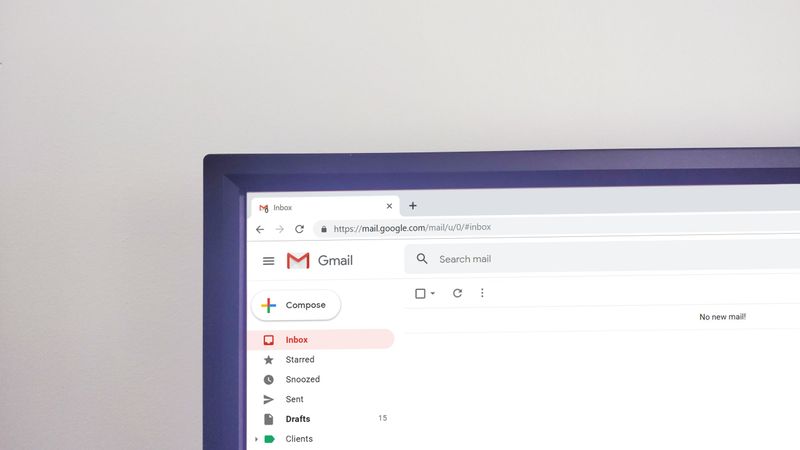We all have those little habits that get us through the workday. They’re not flashy productivity hacks or groundbreaking techniques – just small, personal rituals that keep us from losing our minds. These tiny ceremonies might seem insignificant, but they create necessary boundaries, moments of joy, and brief escapes during our busy days. Let’s celebrate these unsung heroes of our work life.
1. The Sacred Morning Beverage Ceremony

That first sip of your chosen morning elixir isn’t just about caffeine – it’s a boundary between sleep mode and work mode. The routine of grinding beans, steeping leaves, or simply waiting for the microwave beep becomes a meditation that prepares your brain for what’s ahead.
Your special mug – perhaps emblazoned with a sarcastic quote or faded from years of use – stands ready as your faithful companion. The warmth between your palms signals to your body: we’re doing this thing called work again.
Some colleagues know better than to approach before the cup is half-empty. This isn’t just a drink; it’s your workplace armor, donned deliberately before the battle of emails begins.
2. Inbox Zero-ish

Every morning begins with the same hopeful delusion: today might be the day you conquer your inbox. The ritual starts with a quick scan, mentally sorting messages into three categories – urgent fires, can-wait tasks, and stuff you’ll quietly pretend never arrived.
Deleting three promotional emails feels like a victory worth celebrating. That satisfaction when you move something to a folder – even if you’re just relocating the chaos – provides a strange comfort. The red notification number might not disappear completely, but watching it shrink from 127 to 124 feels like progress.
This daily triage isn’t about perfect email management. It’s about creating enough order to function without drowning in digital demands.
3. The “Fake Walk” Between Tasks

Sometimes your brain needs a hard reset button. The fake walk – that seemingly purposeless wandering from your desk to the window, water cooler, or just in a small circle – serves exactly this function. Your colleagues might think you’re heading somewhere important, but really, you’re just processing the last task before diving into the next one.
During these mini-journeys, breakthroughs happen. That solution to the problem you’ve been wrestling with suddenly appears while you’re staring dramatically out the window like the main character in your own workplace movie.
Brain science confirms these micro-breaks help cognitive processing. But honestly, you don’t need science to know that getting up and pretending to have a destination saves your sanity one aimless step at a time.
4. Desk Snack Negotiations

The apple sits untouched while the chips bag mysteriously empties itself. Thus begins the daily snack negotiation – an internal dialogue about nutrition, reward systems, and what exactly constitutes a “serving size.” Your desk drawer has become a convenience store of options for every emotional state.
Finishing a difficult task earns you chocolate. Surviving a tough meeting? That’s worth opening the emergency cookies. The strategic timing of treats throughout the day creates milestones that break up the monotony.
Food at your desk isn’t just about hunger – it’s emotional regulation in bite-sized form. The simple act of deciding what to eat next gives you a moment of control in a day where everything else might feel decided for you.
5. The Calendar Glance of Doom

Few workplace moments generate as much dread as opening your calendar app. Eyes dart quickly across the screen, scanning for blocks of time that still belong to you. Red flags appear: back-to-back meetings, the dreaded “working lunch,” or worst of all – that 4:30 PM meeting that threatens to extend beyond quitting time.
The ritual involves quick calculations. Which meetings actually require your camera on? Could any be an email instead? Is there enough buffer time to use the bathroom between Zoom calls?
Strategic calendar management isn’t just scheduling – it’s survival. Each morning assessment lets you mentally prepare for the day’s challenges or celebrate those rare, beautiful empty blocks that promise actual productivity.
6. The Slacker’s Stretch (a.k.a. “The Laptop Lunge”)

Mid-afternoon arrives and your body sends urgent messages that it wasn’t designed for eight straight hours of sitting. Enter the Slacker’s Stretch – that half-hearted attempt at wellness without actually leaving your chair. Arms reach skyward, neck rolls in circles, and perhaps one leg extends in what vaguely resembles a yoga pose.
The beauty lies in its low commitment. No need for workout clothes or a mat – just a momentary acknowledgment that you possess a physical form beyond your typing fingers. Colleagues might spot you mid-stretch and nod in solidarity.
This 30-second movement break isn’t going to reverse the effects of desk life, but it offers a brief rebellion against stillness. Plus, it totally justifies that second pastry – balance achieved!
7. Midday Meme Break

When the spreadsheets blur and emails multiply, salvation arrives in the form of scrolling. The midday meme break serves as emergency mental healthcare – five minutes of absurdity that somehow makes corporate life bearable again. A cat wearing business attire suddenly seems like the most hilarious thing ever created.
These micro-escapes reset your emotional state faster than any wellness program. The slight guilt of not working quickly transforms into improved focus afterward – at least that’s what you tell yourself.
What begins as “just checking one notification” often becomes a therapeutic dive into internet humor. But those shared laughs with coworkers over ridiculous content create bonds that survive terrible meetings and impossible deadlines. Sometimes sanity arrives packaged as a perfectly relatable caption under a stock photo.
8. The Shutdown Sequence

The most sacred work ritual happens at day’s end – the deliberate shutdown sequence that creates a psychological barrier between work and life. It begins with closing browser tabs one by one, each click representing problems you’re officially done thinking about until tomorrow.
The physical act of closing your laptop carries ceremonial weight. Some brave souls even utter the protective incantation aloud: “That’s tomorrow’s problem.” This verbal boundary-setting works surprisingly well, even when nobody’s around to hear it.
Pushing your chair back marks the final transition from work-self to real-self. Those who skip this ritual often find work thoughts infiltrating their evening. The shutdown sequence isn’t just about ending your workday – it’s about reclaiming your personal time and preserving what remains of your sanity.

Comments
Loading…